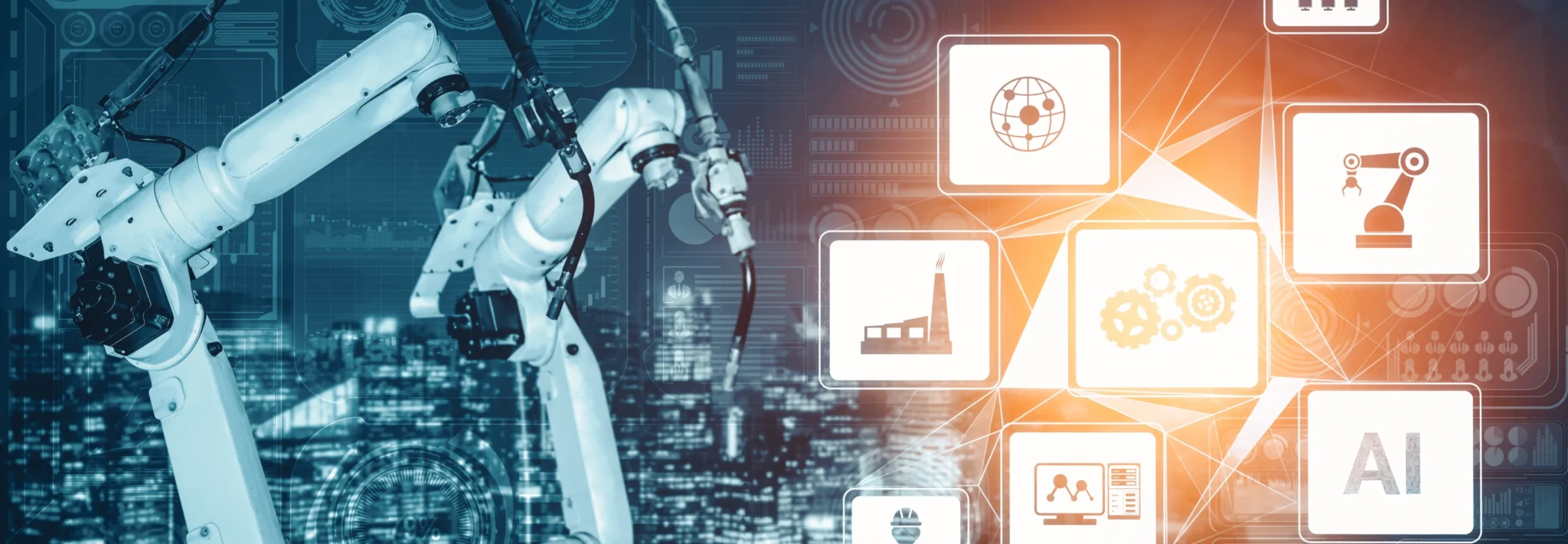Overcoming AI Adoption Resistance in Traditional Industries
In an era of rapid technological transformation, many traditional industries find themselves at a crossroads. The promise of artificial intelligence (AI) productivity tools is immense, yet resistance to change remains a significant barrier. Understanding and addressing this resistance is crucial for businesses seeking to stay competitive in a digitally evolving landscape.
Understanding the Root Causes of AI Adoption Resistance
Fear of Job Displacement
The most prevalent concern among workers is the potential threat of AI to their job security. Employees often view AI as a replacement rather than a collaborative tool. This mindset creates a natural psychological barrier to technological integration, causing workers to resist rather than embrace potential innovations.
Lack of Technical Understanding
Many professionals in traditional industries have limited exposure to advanced technological tools. The complexity of AI solutions can seem overwhelming, leading to a defensive stance against something they don’t fully comprehend.
Strategic Approaches to Introducing AI Productivity Tools
Education and Transparent Communication
Successful AI integration begins with comprehensive education programs. Organizations should:
- Develop clear communication about AI’s role as an augmentation tool, not a replacement
- Provide training workshops demonstrating practical AI applications
- Create opportunities for hands-on learning and experimentation
Gradual Implementation and Pilot Programs
Instead of massive, disruptive changes, companies should consider:
- Starting with small-scale pilot projects in specific departments
- Demonstrating tangible productivity gains
- Using success stories to build organizational confidence
Addressing Workforce Concerns Proactively
Reskilling and Upskilling Initiatives
Investing in employee development is key to successful AI adoption. By offering training programs that help workers develop skills complementary to AI technologies, organizations can transform potential resistance into enthusiasm.
Creating AI-Human Collaborative Models
The most effective AI integration strategies emphasize collaboration rather than replacement. This approach involves designing workflows where AI tools enhance human capabilities, not substitute them entirely.
Overcoming Technical and Cultural Barriers
Customized AI Solutions
Generic AI tools rarely meet the specific needs of traditional industries. Tailored solutions that address unique industry challenges are more likely to gain acceptance. This might involve working closely with industry-specific AI developers who understand nuanced operational requirements.
Leadership and Cultural Transformation
Successful AI adoption requires more than technological implementation. It demands a cultural shift supported by leadership that:
- Demonstrates commitment to technological innovation
- Supports continuous learning
- Rewards adaptability and technological engagement
Measuring and Communicating AI Impact
To sustain momentum, organizations must:
- Establish clear, measurable key performance indicators (KPIs)
- Regularly communicate productivity gains
- Share individual and team success stories
Conclusion
Overcoming AI adoption resistance is a nuanced process requiring empathy, strategic planning, and a commitment to employee development. By approaching technological integration as a collaborative journey, traditional industries can unlock unprecedented productivity and innovation.
The future belongs to organizations that view AI not as a threat, but as a powerful ally in driving business transformation.








